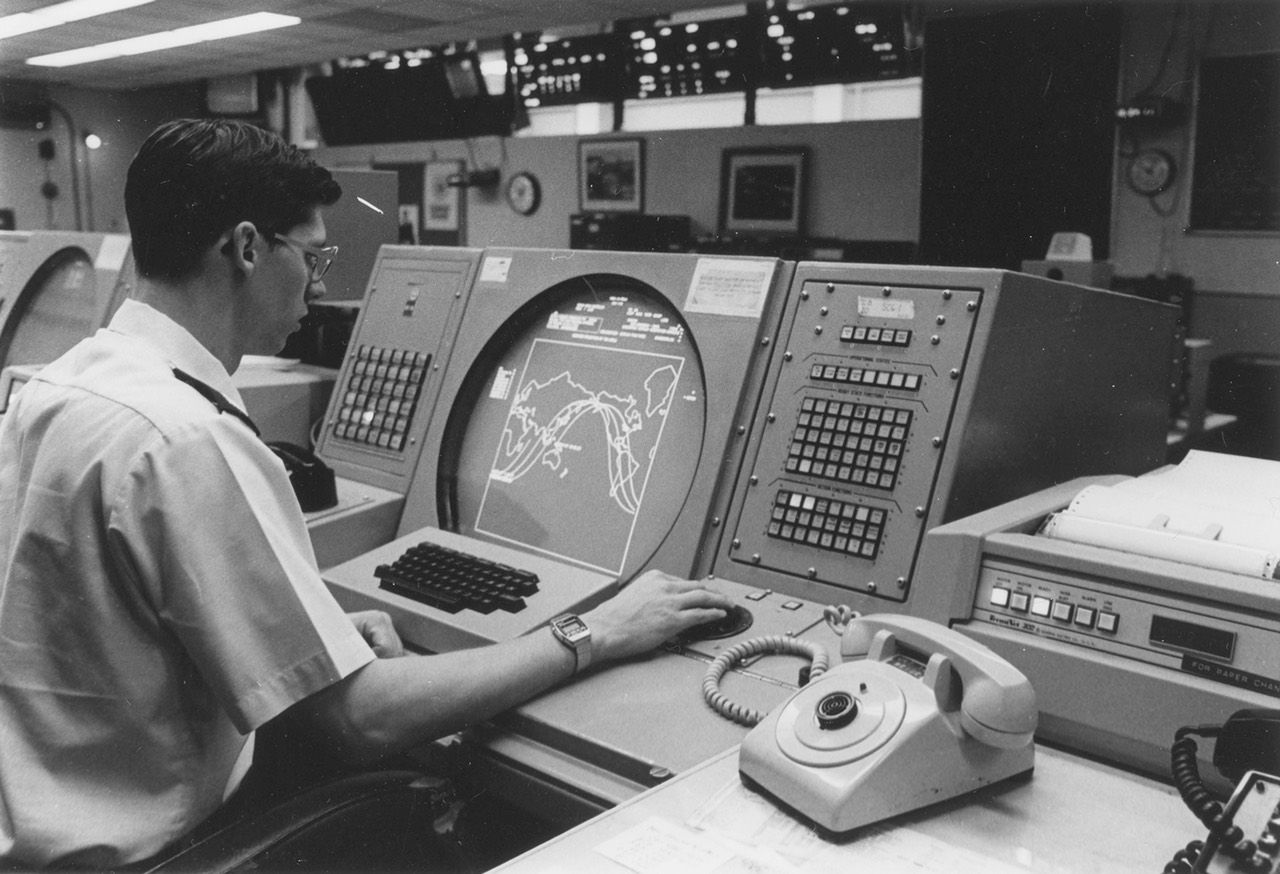I recently read the 2013 book Command and Control: Nuclear Weapons, the Damascus Accident, and the Illusion of Safety, a well-sourced account of the Cold War by the journalist Eric Schlosser. The book makes it clear what a miracle it is that humanity survived the Cold War intact. Here are some weird and terrifying facts I learned:
- There were several incidents in which American hydrogen bombs almost blew up by accident. The book focuses on one of them, in which an ICBM exploded inside of an Arkansas silo in 1980, launching its nine megaton warhead hundreds of feet into the air before falling nearby (and thankfully not detonating). But that's not the only — or even the scariest — accident described. In 1958 a bomber was performing runway maneuvers at an airbase in Morocco while carrying a ten megaton hydrogen bomb. A tire blew and the plane caught fire, leaving the soldiers at the base with nothing to do but jump into their cars and speed into the desert, hoping not to see a mushroom cloud behind them. And in 1961 a bomber crashed over North Carolina and ejected its hydrogen bomb. All but one of the arming mechanisms on the bomb activated, and most of the Eastern Seaboard was saved by a single electrical circuit.
- There were multiple false alarms in which American commanders thought Russia was starting a nuclear war. In one 1960 incident, for example, a detection site in Greenland reported with “99.9% certainty” that the Soviet Union was launching a massive attack against the U.S. The Joint Chiefs of Staff were notified that they had minutes to respond before risking annihilation. But then an American officer remembered that Khrushchev was in New York that day, making it unlikely that Russia was launching a preemptive strike. It was declared to be a false alarm. Later, the cause of the alarm was discovered to be a computer glitch in which the rising moon was mistaken for dozens of long-range missiles.
- During training exercises, the Air Force often pretended to drop nuclear bombs on American Cities. Rhinelander, Wisconsin was a favorite, since its snow-covered terrain looked like the Soviet Union. And San Francisco was fake-bombed six hundred times in a single month.
- Nuclear weapons weren't only put on top of bombs and missiles. There were nuclear land mines, depth charges, and even the "Davy Crockett," a nuclear rifle that NATO planned to use if Russia invaded Europe by land.
- The Secretary of Defense was so worried about Nixon's mental health in his final days of office during the Watergate scandal that he made sure Nixon couldn't launch a nuclear war without his permission.
- It is thought (though accounts vary) that in the 1980s, the Soviet Union built a system called Dead Hand that could launch an all-out nuclear war automatically. Soviet commanders could arm this system when they thought a nuclear strike was imminent. Then if it detected an attack, it would launch a massive retaliation with little or no human intervention required.
What stood out most to me from the book was the dizzying contingency of it all. What if that last electrical circuit in the bomb in North Carolina had malfunctioned and the thermonuclear payload had detonated? What if Khruschev wasn’t in New York the day that American commanders thought they detected a massive nuclear strike? What if the Soviet system for automatically launching nuclear war had a computer glitch that triggered it by accident? These scenarios are not implausible, and any one of them could have destroyed a city or even caused a nuclear war.
And now, just as much as then, it must be contingency keeping us from the brink. Nuclear weapons haven’t gone away, and they are not the only danger. SARS didn’t turn into a pandemic in 2003, and neither did Ebola in 2014. But coronavirus in 2020 did. Why? Randomness, at least in part. Just like the randomness that led to us surviving the Cold War. We should think of the near misses of that era to help remember the potential for dramatic and catastrophic surprises ahead.
Thanks to Jenny Klein and Stan Birnbaum for reviewing drafts of this post.
Image credit: Satellite watchers in the Space Computational Center, NORAD Headquarters. https://nsarchive2.gwu.edu/nukevault/ebb371/


